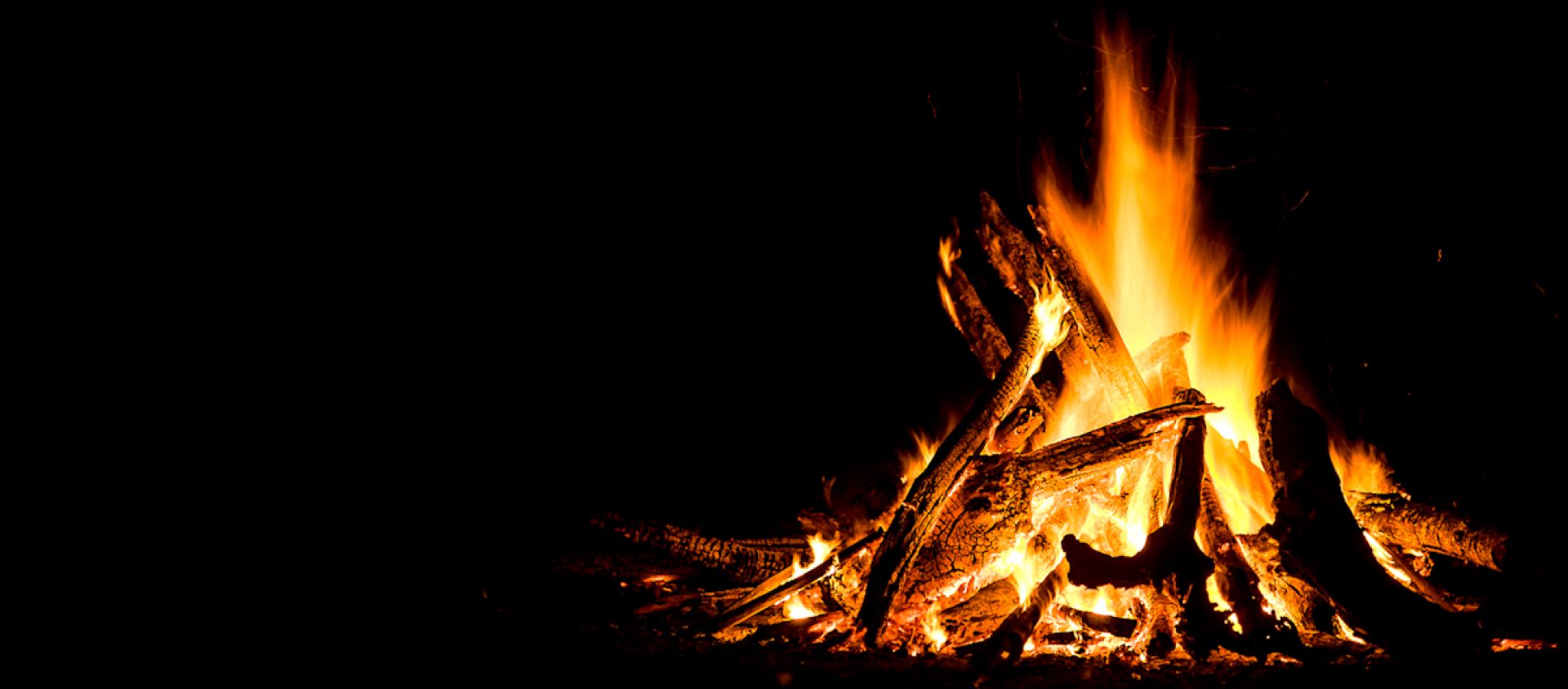I write the Wisteria Tearoom Mysteries under a pen name, Patrice Greenwood. Like the heroine of that series, Ellen Rosings, I’m an Anglophile. I love British customs, and one that I especially enjoy is Elevenses.
Category: nonfiction
The Pandemic and the Economy
Nancy Jane Moore has one final post on the Edge of Chaos Blog symposium: What the Pandemic Shows Us About the Economy. She advocates for establishing economic systems that can pause for crises. Comments and discussion appreciated.
The essays in this symposium will soon be available as a PDF.
Sumer is icumen in, lhude sing “heatwave.”
Summer is here and we’re in what I like to call ‘silly season.’ Other people dignify it with more worthy names, but other people have already had Thanksgiving. Australia doesn’t do Thanksgiving, and we’re already a bit daft so… “silly season.” I’m not the only one to call December and early January by this name. I am, however, one of the most consistent.
I’m sending out short stories (three of us have joined together in this) to Australian addresses this Friday. Three writers sending out short stories to interested readers is a good thing to do in a fraught year. Also, me, I have Chanukah, so extra treats might creep into some envelopes.
Chanukah starts very soon, so I had to sort out what I was going to do this year rather early. I’m sending a very few envelopes overseas for it. Instead of doing a public call-out, I decided to surprise a few people. Those envelopes are gone. They contain nothing useful and nothing valuable. They are, however, fun.
I’ll be going to the post office again on Thursday. I’m not supposed to do messages. No-one can get blood samples for me (their blood is not my blood), however, so I’ll do the post office/library/bank/chicken run after I’ve done the bloodwork. That will take a half day and it will solve many problems.
I will wear a mask at critical times. I have very pretty masks and need to show them off (thanks, Pati!).
This means that I can send three more envelopes to less unsuspecting parties anywhere in the world. The first three people to get me their addresses (no later than Wednesday morning your time) will receive something small to remind you there’s a world out there and that you deserve time out. And stickers. This year we all deserve stickers.
For local friends, I have bowls filled with goodies. Local friends get the best of the daft presents, because they have to come and pick them up. The bowls will lurk on my letterbox, for as short a time as possible because it is warm. By ‘warm’, I mean, of course, ‘quite uncomfortable and this weather is intolerable and why is it doing this to us?’
Summer is here. We have our first bushfires to prove it. One of my friends can smell the smoke from Fraser Island. Another put up the special shutters and promptly lost electricity to the first fire of the season in the Blue Mountains. This is normal… but normal doesn’t mean nice in any way.
The return of bushfire season coincided with the US Black Friday sales. Some really-not-very-bright Australian retailers have announced ‘Black Friday’ as a sale here, too. ‘Black Friday’ in Australia normally refers to the 1939 fires and reminds us of the 2019/20 fires and a lot of Australians are annoyed at quite a few retailers. The sales are nearly done and they’ve put a blight into the shopping of those whose silly season includes 25 December.
Me, I already have all kinds of presents for all kinds of people for all kinds of seasons. The moment I earned enough money to live on, I bought books for me and presents for everyone else. I’m all shopped out. This means I can spend the next few weeks doing relaxed things while others panic, doesn’t it?
Not quite. I’m several weeks into my PhD and have a structure for it and have met all my early milestones. This means I have forty books and over two hundred articles to read before 6 January. My silly season is splendidly different to most others’, and this year I plan to enjoy the heck out of it.
Treading Lightly: Mending Revisited
 A while back I posted about mending—darning socks, mostly. I’ve kept at it. I sprang for a darning disk (I recommend it), and I’ve now mended all of my favorite socks that had thin spots, with the round technique I talked about in the comments of my previous post. I call them my mendalas. I think I love these socks even more now.
A while back I posted about mending—darning socks, mostly. I’ve kept at it. I sprang for a darning disk (I recommend it), and I’ve now mended all of my favorite socks that had thin spots, with the round technique I talked about in the comments of my previous post. I call them my mendalas. I think I love these socks even more now.
I also decorated a patch with a Sashiko-style scene, although true Sashiko is all done in white thread. Continue reading “Treading Lightly: Mending Revisited”…
Real Life Imitates History
 I just finished reading two books that made me realize that some people’s ideas about how to exercise power date back to the First Millennium of the Common Era.
I just finished reading two books that made me realize that some people’s ideas about how to exercise power date back to the First Millennium of the Common Era.
One of those books was Maria Dahvana Headley’s wonderful new translation of Beowulf, and the other was Nicola Griffith’s Hild, historical fiction about the life of St. Hilda.
I have read other versions of Beowulf. Hild was a re-read for me. Looking at both of these stories in light of current political crises and my recent reading of Daniel Lord Smail’s On Deep History and the Brain made me hyper aware that the concept of power held by the pathetic excuse for a U.S. president we’re stuck with until January 20, 2021, is similar to that of the kings (or, more accurately, warlords) in 6th Century Scandinavia and 7th Century Britain.
Headley’s Beowulf begins with the word “Bro,” putting a modern edge on the drunken boasting and over-valuing of physical strength and fighting inherent in the epic. That tone, coupled with the constant references to the warriors’ daddies and the repeated line “That was a good king” made me begin to reflect on those kings as warlords with a gang of toughs around them who started wars with others of their ilk.
Hild begins with the title character at the age of three, just after her father, a prince, has been murdered to secure someone else’s power. Over the course of the book she becomes the seer and advisor to her uncle, King Edwin, who is striving to rule a larger and larger part of Britain.
In Smail’s book, he speaks of the castellans, who took over castles and hired thugs to defend them in the 11th and 12th Centuries, tormenting the people around them. In Hild we see even the noble women (not to mention the ordinary folks and all those enslaved) doing much of the work to keep the society working ¾ working in the dairy; spinning, weaving, dyeing, and sewing so that people had clothes; healing the sick ¾ while the king and his warriors train for battle or sit around getting drunk.
Beowulf does not show us the common people who make the society work, but the tone of Headley’s translation made me think about them.
So many of our histories are about all the wars, but the true building of our societies is rooted in the work of those who were not out trying to take over a neighboring king. Continue reading “Real Life Imitates History”…
Reading and Writing – an update on my book problem
I have so many piles of books in my living area (which is also my work area) that even I feel the clutter. The reason this post’s title includes the words ‘book problem’ is because occasionally they topple and I tripped over one yesterday and…
I love them all. It’s not a problem in any sense except the clutter. I’m not reading just one good book this month, I’m reading dozens. They are my building blocks for a three-year research project (1), and I’m already having fun. Gradually, the piles will diminish.
One pile is for putting away. “I’ve finished this – it was fun but not terribly useful. I’ve taken the notes I need from it but they’re not relevant to anything I’ll be writing. It can go away. No need to put it in the bibliography.”
Another pile is carefully marked up. Not the books themselves – I have special sticky paper that doesn’t harm books and I write on that. When I’m ready to write that book up, I go straight to the notes and lo, it’s ready to go. I know what page to refer to in my footnotes and I have my thoughts on the sticky paper. Then I put the details of the book in the bibliography, and then that book goes on the putting-away pile.
The third pile consists of one book right now, called Putting the Science into Fiction. It’s not a scrap of use for my research project, but has some stuff in it I want to use as a reminder for world building. The world building has nothing to do with the research project. Until last Wednesday I did it full-time, but now I’m doing it as a leisure activity. The book will be put away when I talk through what it contains with my co-conspirators in world building, which could be next Monday, or it could be in three months.
The three largest piles relate to three of the core focal points of the research project. One is on fairy tales, one is on own voices, and the third is on writing about cultures that are a bit alien or foreign.
The piles I’m working through right now, however, are none of those things. Some are on writing technique, some are on genre, and some are on what makes narrative, and some are on rhetoric or critical theory. These are my reminder piles: it’s no use launching into research without checking that you know what you’re doing. It’s not enough to know this stuff as an expert or generally. I have to know exactly what elements I need for this precise project.
That’s all for this project, for now.
A proposal I put in for an academic paper was accepted yesterday. I’m about to start an extra pile (which will link into the project, but is right now just for the paper) will be about food in speculative fiction. This one is quite dangerous. Whenever I write about food, I have to cook things.
When people ask me what I love about research I am stumped. What’s not to love about reading fiction and inventing recipes to fit the food mentioned in the story? Although in this case I’ll be doing a critical analysis. Mouthfeel has to play a part. Maybe I’ll have recipes as the slides that illustrate the paper? After all, I have a nice collection of cookbooks that I can match to the foodways in the fiction. The most mouth-watering paper at an academic conference. It sounds good to me.
Writing long fiction is on the backburner for a bit, obviously, but my reasons are impeccable, as are my piles of books. Also, I did that thing that chefs do on cooking shows. There are three objects I prepared earlier, one that is out in paperback and now affordable (earlier research!) , one that is out already and the other is coming in a very, very short time. The same applies to next year – work finished a while back means that I shall research away and books will appear and everyone will think that I work 36 hours a day.
I don’t. But I do have impressive piles of books stacked everywhere they fit.
- For all of you, a footnote. For anyone wondering, yes, this research project is for a PhD. It’s not my first PhD, however, and Australian PhDs are only three years long and we start the research on Day One. Also, I’m more interested in the research itself and in working with two tremendous supervisors than I am with shouting, “Hey, I’m doing a PhD.” Because it’s all about writers and what they put in their fiction, I shall talk about the cool stuff here, from time to time. Ivory towers are a fiction, and research relates to the real world. This research relates to culture in fiction. And I am one of those people who write stuff into footnotes that people need to read. I did it for my first novel and I refuse to stop doing it unless I’m writing an academic piece. This is due to a certain warped element in my personality.
Edge of Chaos Blog Symposium
The Edge of Chaos Blog Symposium, which is bringing complexity thinking into concepts of social justice, is ongoing. This symposium was put together by author and economist Beth Plutchak. Contributors include Dr. Clare Hintz, Debbie Notkin, Steven Schwartz, and Treehouse resident Nancy Jane Moore. Five essays are up and more are coming. Comments appreciated.
Edge of Chaos Blog Symposium
Starting today (November 5, 2020), the website Social Justice at the Edge of Chaos is presenting a blog symposium. The symposium is curated by Beth Plutchak, a writer and visionary thinker with a background in economics and social justice.
As the introductory post explains, this symposium is part of an effort to bring the science of complex adaptive systems to bear on the difficult problems facing us today.
Treehouse resident Nancy Jane Moore will be participating in the symposium. Other participants include Debbie Notkin and Dr. Clare Hintz.
New essays will go up each day, followed by responses. The symposium continues through November.
You can sign up for email notifications here.
Wildfire Journey, Part III: How To Rescue a Refrigerator
Once the mandatory evacuation order was changed to a warning (aka “it’s okay to go back, just be ready to skedaddle at a moment’s notice”) we went back to our place several times to check things out and make plans on priorities before moving back. Although we were immensely relieved to have a house to come back to, we noticed the light coating of ash on the foliage and the smoky odor inside. Our insurance adjuster came out to the house a couple of days later and we did a walk-through. He pointed out a little ash here and there on the inside window sills, and among other things offered the cost of a professional smoke damage restoration company as part of the settlement. After speaking with several local companies, and returning to take a more careful look inside and out, we decided to clean it ourselves, with the help of local house cleaners, and use the difference to buy a HEPA filter vacuum cleaner, a shop vac, and several air purifiers.
The refrigerator and chest freezer had been without power for three weeks by this time. We hauled the refrigerator on to the back porch and, armed with rubber gloves and doubled trash bags, emptied it. This was a bigger operation than it sounds because we had to take the refrigerator freezer door off in order to fit it through the sliding glass door. The smell, while qualifying as “stench” was not as bad as we’d feared. More “funky” than “rotting carcass.” Most of what was in the fridge was either in glass or plastic containers or vegetables. Our friend up the block, a strict vegan, said hers didn’t smell that bad, more fermented than putrid. Within a short time, the freezer interior was covered with black flies. We left them to their work, freezer door open, and went back to our hotel. When we came back the next day, the smell had largely dissipated and the flies were gone.
The next step was to sanitize and deodorize the refrigerator. Up and down the block, folks were just trashing theirs, but we wanted to at least attempt to salvage ours. My husband did a first pass on the interior with pressure spraying full strength degreaser/cleanser, rinsing with (non potable) water, then wiping it down with dilute bleach. With the doors open, there was no smell, but when we closed the doors and left it for a time, the funky smell returned, albeit not as intense as before.
On social media, neighbors were comparing experiences cleaning their refrigerators. I felt heartened that some had had success. We did some research and found the following resources:
- Cleaning Your Refrigerator After a Power Outage (University of Florida)
- How to Get Rid of Funky Refrigerator Smells (Consumer Reports)
- Beyond Baking Soda: The Best Way to Deal With a Stinky Fridge (Serious Eats)
- The Best Tools for Keeping Your Fridge Odor Free (Epicurious)
By mutual agreement, I took over the next phase. After studying the UFlorida article, I took a Costco-sized tin of decaf coffee grounds, which no one in the family drinks any longer), spread a thick layer on 3 old cookie sheets, put one on each rack, closed the doors. And turned on the refrigerator. The fridge was now in the house but not plugged in. I’m not sure why we didn’t think of that, but it turns out that circulating the air within the fridge is important to deodorizing.
I let the coffee grounds do their work for three days. By the second day, though, we could smell a distinct coffee tang but no other odors. The final steps involved re-enlisting my husband to clean the condenser, where icky stuff had dripped and then dried, and then do a two-day stint with baking soda to remove the coffee grounds.
The result: a clean-smelling, extremely clean refrigerator with quite a few years of life left in it.
The chest freezer was another matter. Because the interior had seams, it wasn’t possible to sanitize or clean it thoroughly. We called our trash collection service for a bulky item pick-up, then bought a new one. We got a frost-free upright this time.
Besides all this cleaning, we all went through a bit of unexpected grief about the loss of the contents of the appliances, particularly the blackberries my daughter and I had picked all summer, and the squash and green beans that were at the beginning of their harvest. We consoled ourselves that the blackberries would indeed return next summer, and this time we would be able to see them in the freezer better. Our squash plants had flourished in our absence and burst forth with a second harvest (actually on their third now) so I’ve frozen a dozen or so pints of summer squash and the same of green beans.
During this time, we had a small, office-sized refrigerator with a tiny freezer that we bought (with the money saved by cleaning the house ourselves), which has now gone to live in the garage beside the upright freezer. It was a great thing to have because it allowed us to take our time with the refrigerator clean-up, and we will now have a bit of extra cold space (for pears next year and overflow produce).
Through all this, we’ve developed a new appreciation for the convenience of being able to keep foods cold (and to grab an ice pack for a bruise). It’s a luxury that so many of us take for granted. Through most of human history and today in many areas of the world such a thing is unknown. Oddly enough, having my familiar refrigerator back makes this place seem much more like home. I wonder why that it is so.
Fluffy Bunnies
 We’re less than a week from the US National Election, which should be the end of a long haul but–knowing the tenor of the current times–will not be. I will not rehash the details, because we’re soaking in them and I don’t need to raise my anxiety level* any higher than it already is.
We’re less than a week from the US National Election, which should be the end of a long haul but–knowing the tenor of the current times–will not be. I will not rehash the details, because we’re soaking in them and I don’t need to raise my anxiety level* any higher than it already is.
In these unprecedented, times, as they say on TV, outside of the odd volunteer activity, there’s not much to do to soothe my soul. I find myself reverting to Fluffy Bunnies. Continue reading “Fluffy Bunnies”…



